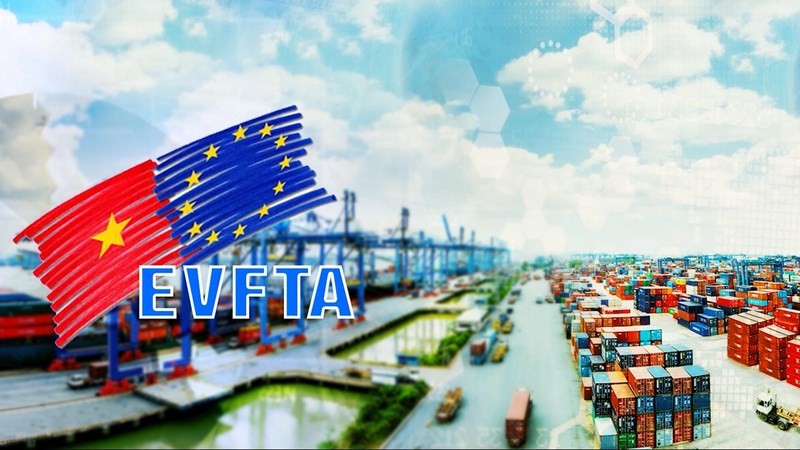 |
| EVFTA helps diversify markets and export products, especially agricultural and aquatic products as well as Vietnamese products that have many competitive advantages! (Source: CT) |
A boost for Vietnam's exports
According to trade experts, EVFTA is a comprehensive, high-quality agreement that balances benefits for both Vietnam and the EU, and is consistent with the regulations of the World Trade Organization (WTO).
In particular, when put into effect, EVFTA will be a huge boost for Vietnam's exports, helping to diversify markets and export products, especially agricultural and aquatic products as well as Vietnamese products that have many competitive advantages.
A survey by the Vietnam Chamber of Commerce and Industry (VCCI) shows that the proportion of enterprises that have a relatively good or good understanding of the EVFTA is significantly higher than that of other FTAs. In addition, nearly 41% of enterprises have enjoyed specific benefits from the EVFTA, compared to only nearly 25% in 2020. In addition, Vietnam's export turnover to the EU has seen a certain growth (14.2% in 2021 and 16.7% in 2022).
Notably, over the past 3 years, with import taxes on many products from Europe to Vietnam being reduced to 0% after the EVFTA comes into effect, domestic consumers have had the opportunity to access a variety of high-quality products from Europe at more reasonable prices.
Prices of many agricultural products from Europe such as vegetables, fruits, milk and cereals have decreased, receiving positive feedback from consumers. In addition, import prices of many items such as machinery and equipment from Europe have begun to decrease according to the roadmap, which also helps businesses improve the production process and create products with high added value.
In addition, EVFTA also has an important impact on Vietnam in terms of social benefits. Industries with export advantages to the EU such as textiles, footwear and transportation have created many new jobs for Vietnamese workers.
Export turnover to Europe in general has increased after the Agreement was applied, contributing to improving income and creating more stable and sustainable jobs for workers. Moreover, workers also have the opportunity to improve their professional qualifications to meet new requirements from EVFTA.
Mr. Luong Hoang Thai, Director of the Multilateral Trade Policy Department (Ministry of Industry and Trade), said that after 3 years of implementation, the EVFTA has basically achieved its set goals in promoting the overall relationship between the two sides.
Although the implementation started when both sides were going through difficult times such as the Covid-19 pandemic and the UK leaving the EU (Brexit), which greatly affected the trade and investment chain of the region, the trade and investment relations between the two sides still had significant developments, especially in terms of trade. Thereby, it can be seen that the proportion of Vietnam's export goods to the EU market has increased and Vietnam has become the country with the largest market share compared to other countries in the ASEAN region exporting to the EU.
Sharing about the great impacts of the EVFTA, Mr. Vu Anh Son, Head of the Vietnam Trade Office in France, said that the EVFTA is the most comprehensive trade agreement that the EU has ever signed with a developing country. The agreement has taken into account Vietnam's development requirements by giving Vietnam a longer period (10 years) to eliminate tariffs on imports from the EU.
According to the provisions of the EVFTA Agreement, from December 31, 2022, the Generalized System of Preferences (GSP) that the EU grants to Vietnam will end and all Vietnamese goods exported to the EU will be subject to the EVFTA's rules of origin.
Speaking to The Gioi & Viet Nam Newspaper , Dr. Nguyen Thai Chuyen, Lecturer of International Business, RMIT University, said that after 3 years since the EVFTA was implemented, many products have been quite successful in taking advantage of the incentives from the Agreement. Products with an export turnover of over 1 billion USD to the EU market annually over the past 3 years include phones and components, computers, footwear, machinery and equipment, textiles, coffee, iron and steel, and seafood.
Most of these items have seen significant growth, especially iron and steel with growth exceeding 844% in 2021 compared to 2020 and over 634% in 2022 compared to 2020.
 |
| Dr. Nguyen Thai Chuyen, Lecturer of International Business, RMIT University. (Photo: NH) |
However, according to Mr. Chuyen, the phone and component items recorded a decrease of 9.5% in 2021 and 15.7% in 2022 compared to the previous year. The main reason is the lack of input materials due to the Chinese market being closed due to the Covid-19 epidemic, and tensions between Russia and Ukraine causing a global supply chain crisis.
Another regrettable thing is that some of Vietnam's key export products have not yet met expectations, such as vegetables, fruits, seafood and rice... Although they have had quite good growth, these products currently only account for a very small part of the EU's total import value of those products.
In addition, the seafood industry has not yet been able to remove the IUU "yellow card" from the European Commission (EC), leading to many difficulties for this product. Therefore, there is still a lot of room for Vietnam to export these products to the EU.
In addition, some items have not shown signs of growth after the Agreement was implemented, such as paper and paper products along with cashew nuts.
What to do to get the most benefit?
After 3 years of the EVFTA coming into effect, not only Vietnamese enterprises have taken advantage of incentives, but European enterprises in Vietnam also said they are benefiting from tariffs from this agreement.
According to the results of the Business Confidence Index (BCI) for the second quarter of 2023 released by EuroCham Vietnam, the proportion of businesses predicting economic stability or improvement increased by 2%, bringing the total number of businesses predicting this to nearly one-third. Notably, more than half of the surveyed businesses benefit from the agreement; of which, 35% of business leaders said they gained benefits from tariff reductions.
To maximize the benefits of the Agreement and minimize challenges, Mr. Nguyen Thai Chuyen said that businesses need to strengthen connections in the supply chain, follow consumer trends and enhance creativity; at the same time, apply accompanying solutions and interact directly, continuously and quickly with customers.
In addition, businesses need to master the law, establish links with management agencies and consult experts to receive support. Connecting businesses is also necessary to create strength and save costs, while avoiding risks from foreign markets.
Sharing this view, according to Mr. Vu Anh Son, businesses need to show solidarity, build a wide information sharing community to develop together and "cover" each other during periods of supply shortage to European markets.
Currently, businesses have not yet received proper attention to the European market due to its difficult nature and the need for a lot of time and initial investment. In addition, the consumer trend towards short supply chains is growing, in addition to promoting domestic consumption, it will affect Vietnamese goods if there is no proper attention and promotion and advertising.
Therefore, Mr. Vu Anh Son noted, Vietnamese enterprises will have to continuously update information and quickly change to be able to catch up with these trends. However, the change is closely linked to many industries, so this becomes more difficult and challenging for enterprises.
Source






![[Photo] Bustling construction at key national traffic construction sites](https://vphoto.vietnam.vn/thumb/1200x675/vietnam/resource/IMAGE/2025/5/2/a99d56a8d6774aeab19bfccd372dc3e9)



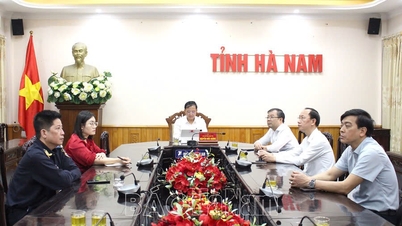

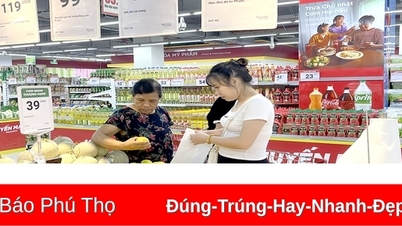



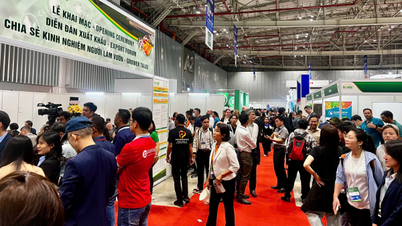
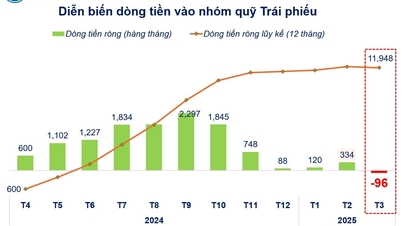
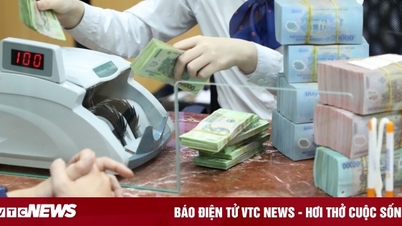
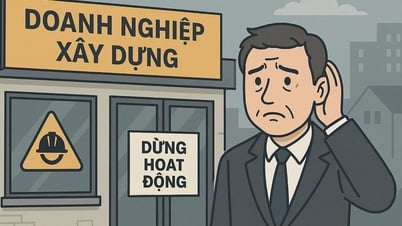
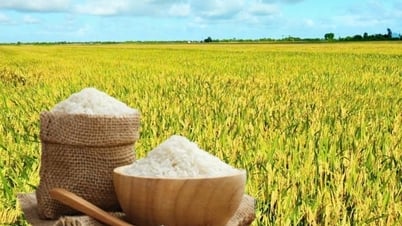
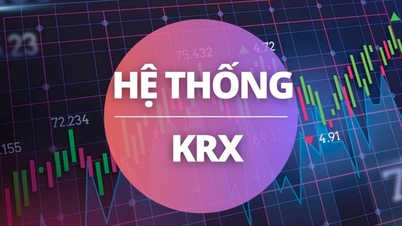
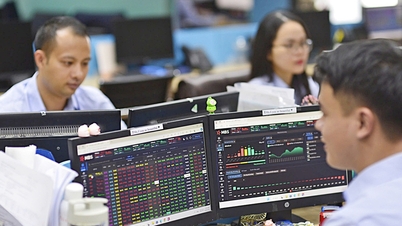








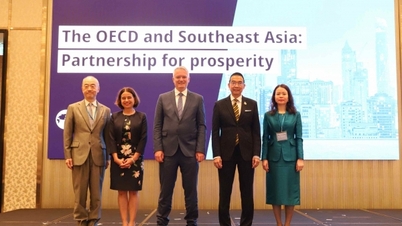

![[Photo] Binh Thuan organizes many special festivals on the occasion of April 30 and May 1](https://vphoto.vietnam.vn/thumb/1200x675/vietnam/resource/IMAGE/2025/5/1/5180af1d979642468ef6a3a9755d8d51)

![[Photo] "Lovely" moments on the 30/4 holiday](https://vphoto.vietnam.vn/thumb/1200x675/vietnam/resource/IMAGE/2025/5/1/26d5d698f36b498287397db9e2f9d16c)
















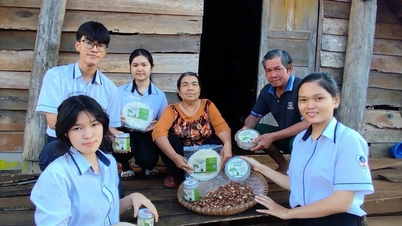




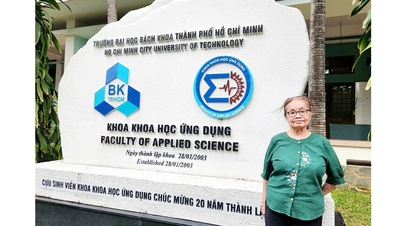









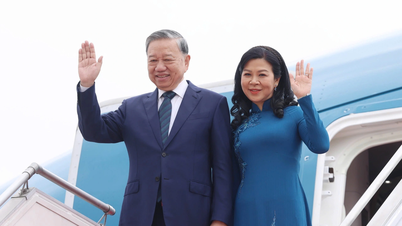

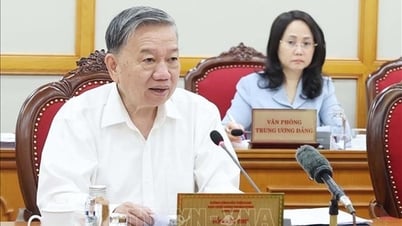

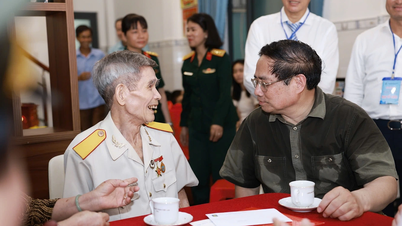














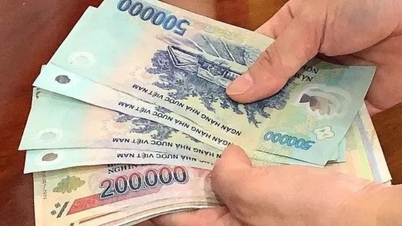



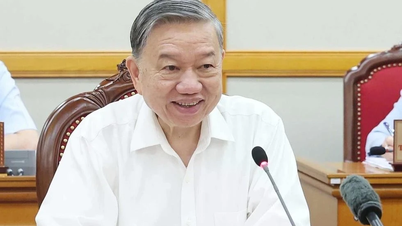
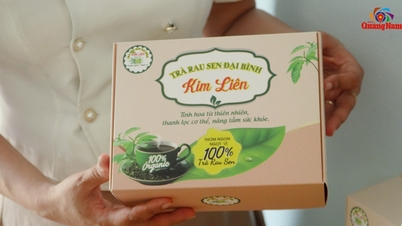











Comment (0)